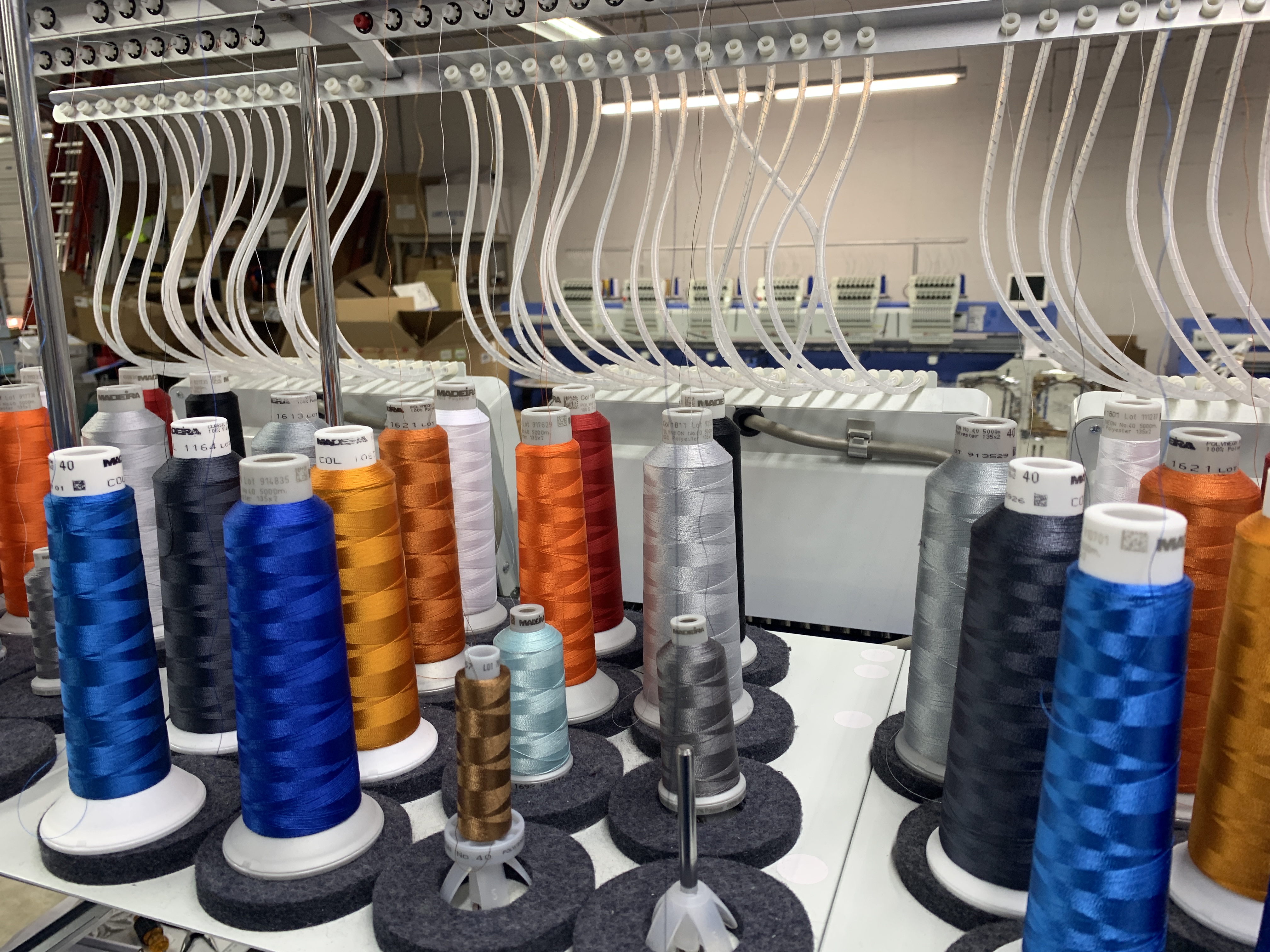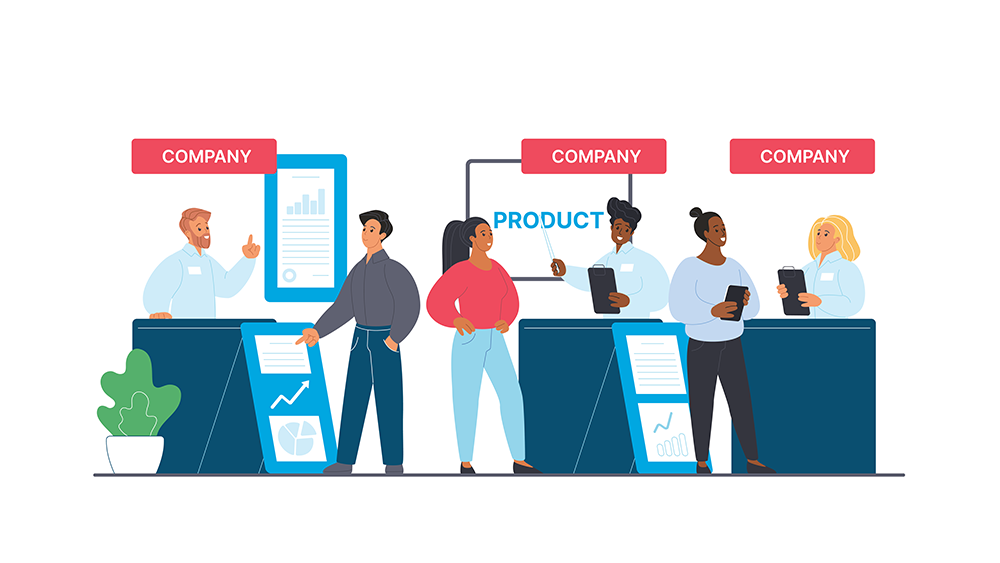People love embroidery. It has an organic, expensive look that brings a sense of value. Plus, a decorated t-shirt is like a walking billboard! A custom statement like this may seem like a simple process, but it has a more involved history than one might think.
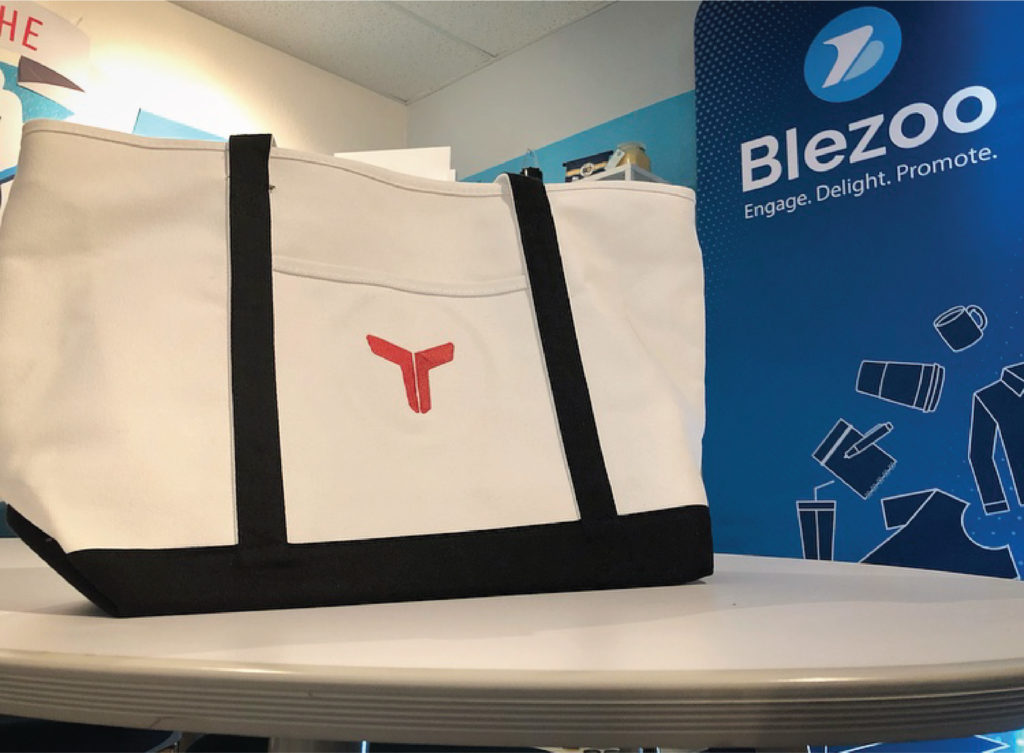
Embroidery is practiced all across the world. Its early origins can be traced back to reveal fossilized remains of hand-stitched clothing. People of ancient times even loved to fancy up their shirts! During those early periods, it was a symbol of wealth and power to embroider clothing, wall hangings, flags, uniforms, and other highly-visible materials. The process involved a high level of complexity and difficulty, but the concept was the same: people saw the stitching and recognized the patron’s design and its value.
Eventually, the Industrial Revolution brought the development of the embroidery machine and mass production in factories. Mail order catalogs and other advertising methods created a huge market for embroidery. It wasn’t just reserved for the “upper crust” anymore! It became even cheaper and more accessible. Of course now, factories use computer software and digital files to stitch the designs. Contemporary techniques make it easy for people to decorate their homes, businesses, and selves with personalized brands. Below are some concepts to keep in mind when entering into the world of embroidery:
Colors
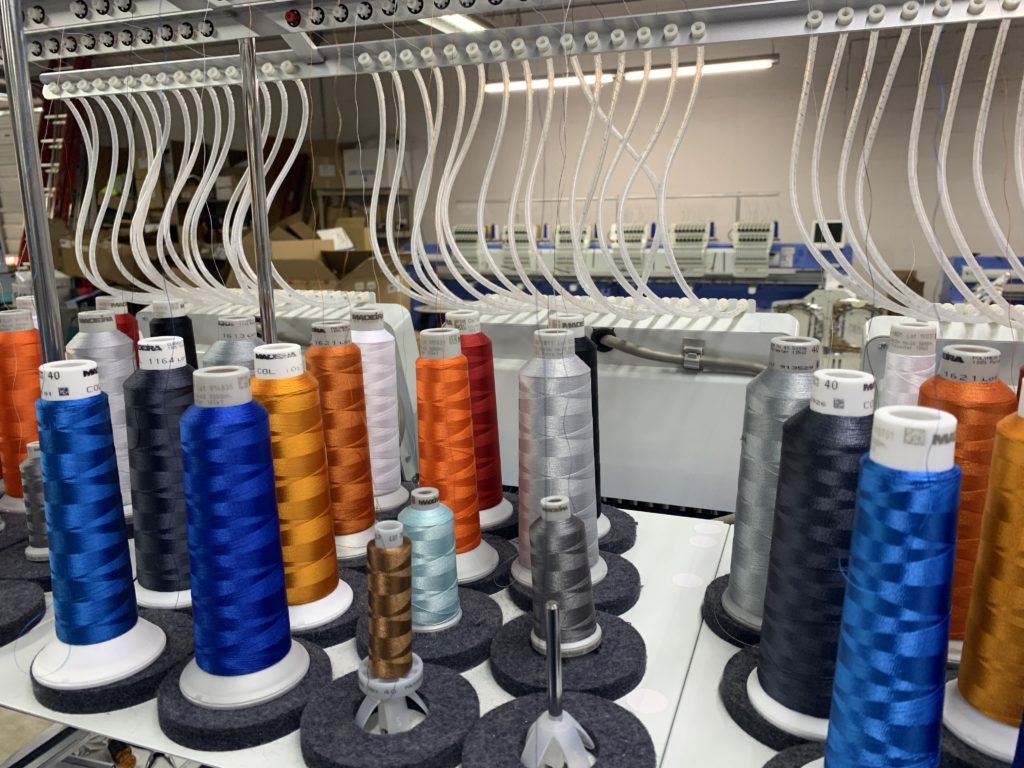
“Pantone colors are the universal language for communicating specific colors, right down to the shade.”
Sharprint.com
Manufacturing companies have a limited amount of thread colors to choose from. They have companion books that give a quick reference to the available options. Most Pantone (PMS) colors from logos have a corresponding thread color. But sometimes it can turn into a game of finding the closest match.
Thread
There are a couple main thread manufacturers, but embroiderers tend to pick just one. Embroidery machines work better with one thread brand. Factories don’t like to mix 2 kinds of materials and color lots. Polyester is the preferred thread type because of its reliability and strength. Other types have a tendency to bleed when bleached or can fade overtime.
File formats
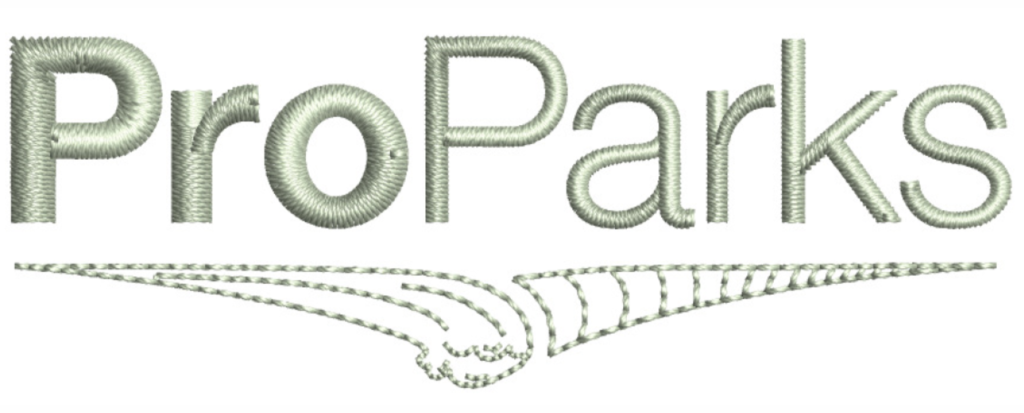
Embroiderers use a DST file to tell the computer how to embroider your logo. It is a series of coordinates (punch points) which tells the embroidery machines where to pass threading. In order to open a DST file, a special software is used. This explains why there is usually a PDF attached to it that describes what is on the file.
References
https://www.britannica.com/art/embroidery
https://www.sharprint.com/blog/bid/105298/how-to-use-pantone-colors-for-embroidery-screen-printing



